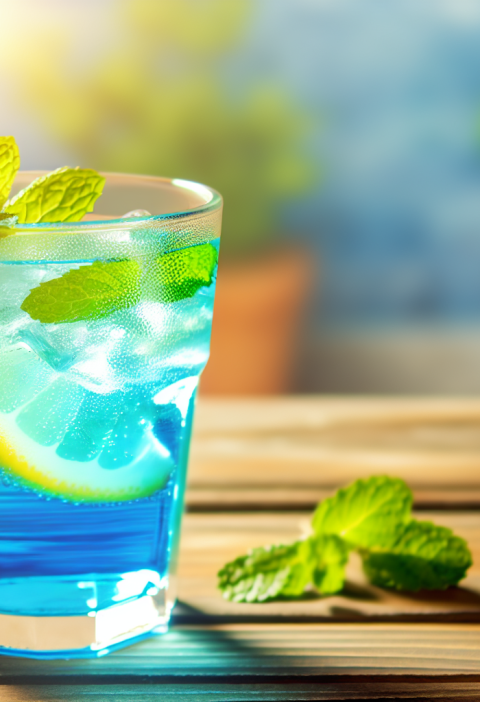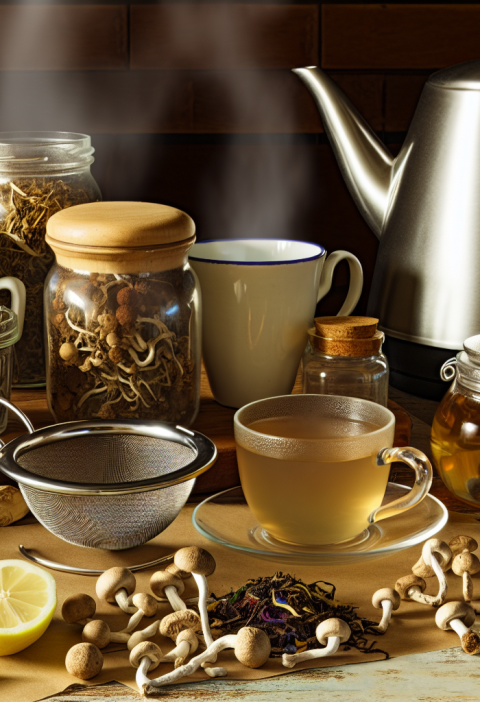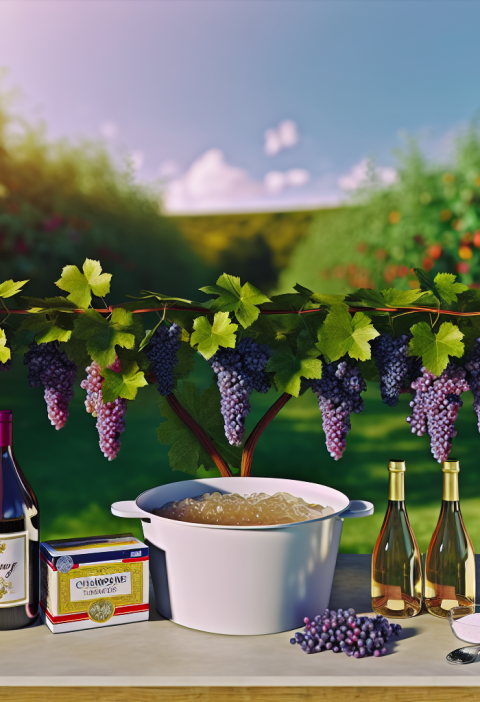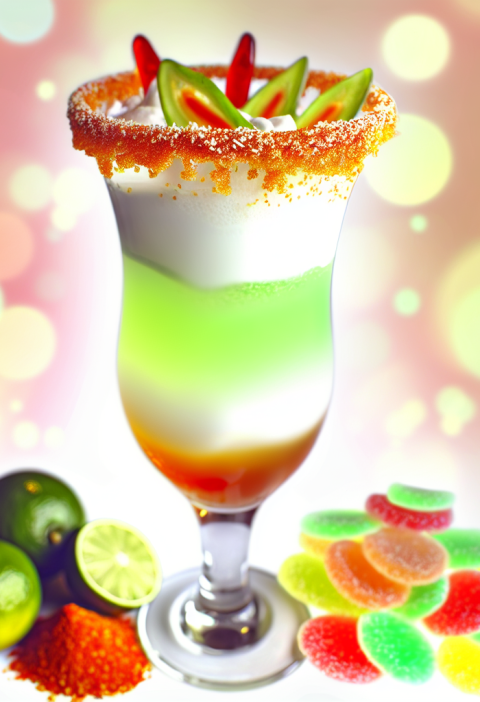“`html
Unlock the Secrets of Homemade Muscadine Wine: A Delightful Journey into Flavor!
There’s nothing quite like the experience of sipping on a glass of homemade muscadine wine—a vibrant, fruity treasure that sings of late summer days and warm evenings. From my experience, crafting your own muscadine wine is not just about enjoying a delightful drink; it’s about immersing yourself in a process steeped in tradition and creativity. As the sweet, earthy notes of muscadine grapes meld harmoniously during fermentation, your kitchen transforms into a sanctuary of rich aromas, anticipation, and excitement. With just a few simple ingredients and a sprinkle of patience, you can create a wine that perfectly captures the essence of your home and heritage.
Preparation Time:
- Active Time: 30 minutes
- Fermentation Time: 6 weeks to 6 months (depending on the desired flavor)
- Bottling and Aging Time: 2 weeks to 1 year (for optimal taste)
This recipe is suitable for making approximately 1 gallon of wine, serving about 5-6 people, and is of medium difficulty. Let’s dive into this enjoyable process of wine-making together!
The Necessary Ingredients
- 6 to 8 pounds of ripe muscadine grapes (fresh or frozen)
- 1 ½ to 2 cups of granulated sugar (adjust to taste)
- 1 package of active dry yeast (like Montrachet or Champagne yeast)
- 1/8 teaspoon of potassium metabisulfite (for sanitization)
- 1 gallon of distilled or filtered water
- Cheesecloth or a sanitized straining bag
- One sanitized fermentation vessel (glass carboy or food-grade plastic bucket)
- Wine bottles and corks for storage
Wine-making offers a unique flexibility with ingredients. For those looking for a vegan version, rest assured that muscadine wine is naturally vegan. If you’re gluten-sensitive, you’ll be grateful to know this recipe features no gluten ingredients.
The Steps of Preparation
- Gather all your ingredients and sanitize all equipment, using potassium metabisulfite.
- Wash the muscadine grapes thoroughly, removing any stems or debris.
- Crush the grapes in a large bowl, either by hand or with a clean potato masher, releasing their juices.
- Transfer the crushed grapes into the fermentation vessel.
- Add the granulated sugar to the crushed grapes and stir well until dissolved.
- Pour in the distilled or filtered water, ensuring everything is mixed evenly.
- Sprinkle the yeast over the mixture and cover the vessel with a clean cloth or lid, allowing it to breathe.
- Place the fermentation vessel in a warm, dark area (around 70-75°F) to initiate fermentation.
- Check the fermentation daily, stirring gently and ensuring carbon dioxide is released.
- After about 5-10 days, once bubbling has slowed, strain the liquid through cheesecloth into a clean vessel, discarding solids.
- Seal the new fermentation vessel with an airlock to continue the fermentation process for 2-6 weeks.
- After fermentation completes, siphon the wine into bottles, leaving sediment behind, and cork them tightly.
- Aged wine is often better; let it mature for at least two weeks before enjoying. However, many prefer to wait for a year for more depth.
In these steps of preparation, patience is critical. Wine is not rushed; it is allowed to develop its character over time, just like us!
Nutritional Benefits
- Muscadine grapes are rich in resveratrol, a natural antioxidant that may reduce the risk of heart disease.
- High in vitamins C and E, muscadine wine can support skin health and immune function.
- The natural sugars in muscadine grapes are balanced with fiber content, making them a nourishing choice.
- Muscadine grapes may help improve blood circulation, thanks to their polyphenolic compounds.
- The fermentation process increases the presence of beneficial probiotics, enhancing gut health.
- Wine in moderation can promote relaxation and social bonding, contributing to mental well-being.
After relishing the taste of your homemade muscadine wine, consider adding some creativity to your beverage. Maybe infuse your wine with unique fruit flavors or experiment by aging it in oak barrels for that classic touch!
Possible Additions or Upgrades
- Consider adding 1-2 pounds of other fruits like peaches or berries for a blended flavor profile.
- Experiment with different sweeteners like honey or agave syrup instead of granulated sugar.
- Add spices like cinnamon or cloves during fermentation for a unique aromatic experience.
- You can use a combination of different grape varieties along with muscadine for complexity.
- Try to ferment your wine in an oak barrel for deeper, woody flavors.
Now that you have the essentials for making muscadine wine, let’s dive into the most common queries folks might have about this delightful endeavor.
Questions & Answers
Can I use frozen muscadine grapes?
Yes, frozen muscadine grapes work great and can even enhance the flavor.
How can I tell when the fermentation is done?
Fermentation is typically complete when bubbling stops, and sediment settles at the bottom.
Do I need a hydrometer?
While not necessary, a hydrometer can help determine the sugar content before fermentation.
How long will my wine last?
With proper storage, homemade muscadine wine can last several years, developing more flavors as it ages.
What should I do if my wine tastes too sweet?
Dilute it with more water or blend in dry wine to balance the sweetness.
Is it normal for wine to bubble after fermentation?
Yes, some wines will continue to bubble during the aging process; it’s called “secondary fermentation.”
Can I carbonate my muscadine wine?
Absolutely! Consider using champagne yeast for a sparkling variant.
How do I properly bottle my wine?
Always use sanitized bottles and cork them tightly to maintain freshness.
What’s the best way to serve muscadine wine?
Serve it chilled or at room temperature, depending on your preference!
Is this recipe suitable for beginners?
Yes! The process is straightforward and a delightful way to learn about winemaking.
I hope you feel inspired by this experience to craft your own muscadine wine. The joy of sharing it with family and friends can transform simple gatherings into unforgettable memories. If you enjoyed this recipe, please consider sharing it on social networks and spreading the love for homemade muscadine wine!
“`







